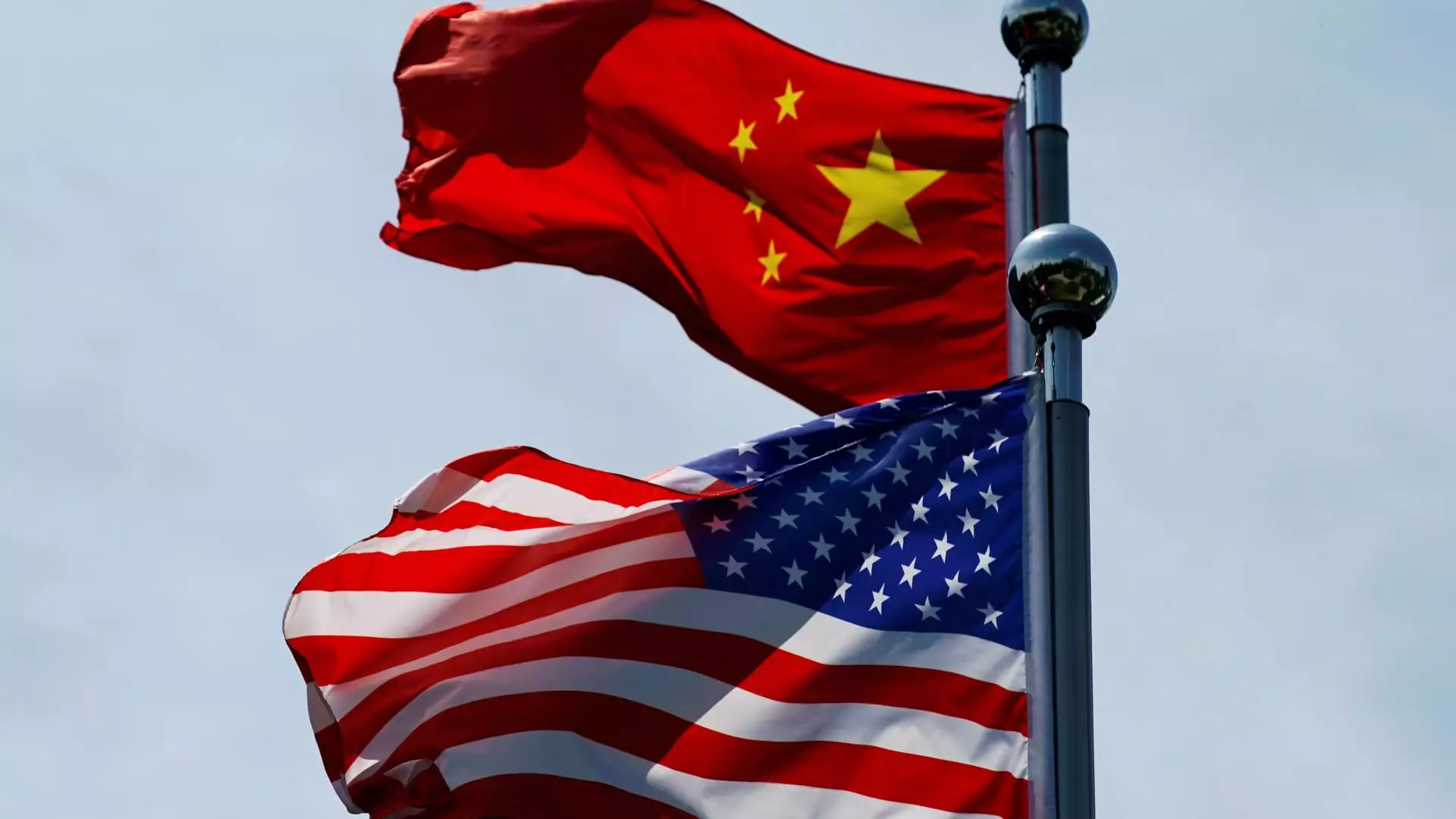The economic landscape between the United States and its trading partners has evolved dramatically under the Trump administration, particularly with regard to tariffs. On the eve of his inauguration, President-elect Trump announced ambitious plans to impose significant tariffs on imports from China, Mexico, and Canada. This potential policy shift is not just a matter of trade; it represents a broader strategy to combat illegal immigration and curb the influx of illicit drugs into the U.S.
Trump’s recent announcements via his social media platform, Truth Social, are aimed at raising tariffs by 10% on all Chinese goods and a staggering 25% on products from Mexico and Canada. These proposed measures, if implemented, would mark a drastic departure from previous trade agreements in North America, fundamentally altering the economic interplay among these nations. The rationale behind these tariffs is rooted in the administration’s focus on economic nationalism and the perceived need to protect American jobs while addressing the drug crisis linked to border activities, particularly concerning Fentanyl.
The claims surrounding Fentanyl, a potent synthetic opioid, highlight a confluence of public health and trade policy. Trump pointed to a failure in cooperation from China regarding the flow of this drug into the U.S., alleging that their government had not taken adequate measures against those responsible for trafficking it. Trump’s call for a tariff response seems to blend economic strategy with a public health agenda, reflecting the administration’s broader narrative of prioritizing American interests.
The proposed tariffs have elicited responses from international actors, particularly from China. Liu Pengyu, representing the Chinese embassy in the U.S., rebuffed Trump’s claims, asserting that the relationship between the two countries is based on mutual benefit and cooperation. This divergence in narratives illustrates the complexities of international trade relations in a climate of rising nationalism and populism. Liu emphasized continued dialogue between the two nations on narcotics, suggesting that cooperation has been more productive than Trump suggests.
Economically, experts have been cautious regarding the implications of an escalating trade war. Kinger Lau from Goldman Sachs noted that the tariffs proposed are lower than what financial markets anticipated, indicating a potential easing of fears surrounding an all-out trade conflict. Nonetheless, there remains concern about the economic repercussions for both the U.S. and China. While the U.S. hopes to derive greater economic advantages through these tariffs, countries like China may resort to monetary policy adjustments, such as rate cuts and currency depreciation, to mitigate adverse effects.
The interconnected nature of U.S.-China trade cannot be emphasized enough. As pointed out by investment strategist Andy Rothman, the significant commercial relationship between the two exceeds mere numbers; it reflects a balance that has historically benefitted both economies. Although the U.S. has indicated a willingness to take unilateral action, the historical precedent of trade retaliations complicates the prospects for both parties.
Should the U.S. proceed with these tariffs, China may choose to respond in kind, creating a cycle of increasing tensions that could destabilize not only trade revenues but also global markets. The economic foundations that underlie these relationships suggest that aggressive tariff policies may lead to wider-ranging economic consequences, not just for the nations directly involved but for global trade networks.
As President-elect Trump prepares to take office, the potential impact of his proposed tariff policies casts a long shadow over U.S. economic relations with key partners. The dual objectives of generating revenue through higher tariffs while addressing public health emergencies through reduced drug inflow illustrate a complex and multifaceted approach to governance. Navigating these turbulent waters will require careful consideration and strategic planning to balance domestic demands with the realities of international trade relationships. Ultimately, the unfolding saga of tariffs, trade, and international cooperation will demand vigilant scrutiny as the U.S. embarks on a new phase of economic policy under a Trump presidency.

